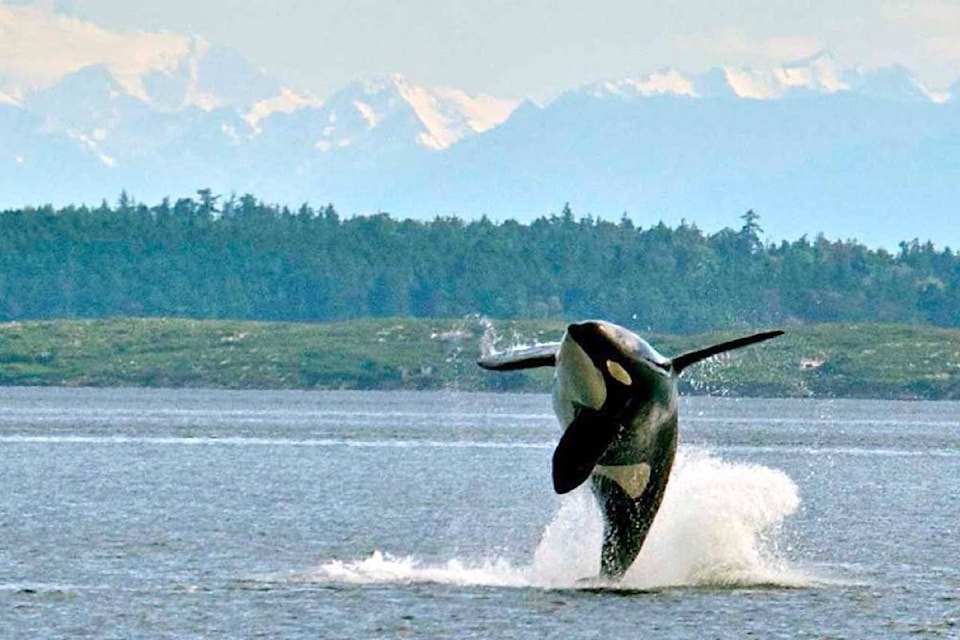In an effort to get a better understanding of the cetacean population from French Creek to northern Quadra Island, the B.C. Cetacean Sightings Network is holding its first weekend blitz since 1971.
And the organization hopes you will want to participate. Running from Aug. 5-7, the network hopes to have the public report sightings (from land or boat) of whales, dolphins and porpoises to www.cetaceancensus.ca.
The census is for the area from French Creek and Madeira Park on the coast, to northern Quadra Island, said Bailey Eagan with the B.C. Cetacean Sightings Network.
First established in 1971 by Michael Bigg of Fisheries and Oceans Canada, the original census count indicated there were about 250 killer whales from southeast Alaska to California, which proved to be a “highly accurate” estimate, and put a permanent end to the capture of killer whales in Canada and the U.S., Eagan said in an email.
Since then, members of the public have continued to report sighting of cetaceans and sea turtles in B.C., with the Cetacean sighting network being established in 1999.
However, there is a particular lack of sighting reports from this area, said Eagan.
“We don’t actually know as much about cetaceans in the Northern Strait of Georgia,” she said. “So to address this, that’s why we’re doing the public blitz-style (of census) because we are trying to get as much effort as possible over the weekend period in order to collect information about the species.”
In B.C., there are 12 different cetacean populations that are listed as at-risk, she said.
“So we are constantly trying to get more data and understand how the populations are doing, as well as where they’re spending their time so that we can identify critical habitat, or use it for species at risk management.”
Asked how many participants she hopes to get, Eagan said the original census had 500 people participate. “That was across the entire coast, but we would love to have that number as well.”
The more people who participate, the better the network can track individual cetaceans, “which is exactly what we’re trying to do.”
To register, or for more information on how to participate, go to www.cetaceancensus.ca.
